- World Population Review Newsletter
- Posts
- The Global Race for Essential Modern Materials
The Global Race for Essential Modern Materials
From tech to energy, discover the materials powering global progress.
Greetings, curious seeker of innovation and industry!
Every product we use, from our smartphones to the cars we drive, is powered by materials pulled from the earth and shaped by human ingenuity. Today we explore seven fascinating materials that define industries, fuel economies, and touch every corner of our daily lives.
From the indispensable role of silicon in tech to the glittering allure of platinum, we’ll discover who leads the charge in production, what drives demand, and where innovation is headed next.
Let’s take a closer look at the building blocks of the modern world!
Pay No Interest Until Nearly 2027 AND Earn 5% Cash Back
Some credit cards can help you get out of debt faster with a 0% intro APR on balance transfers. Transfer your balance, pay it down interest-free, and save money. FinanceBuzz reviewed top cards and found the best options—one even offers 0% APR into 2027 + 5% cash back!
Silicon is more than just the namesake of Silicon Valley—it’s the foundation of the technology we rely on. This element powers semiconductors, the brains behind computers, smartphones, and solar panels. China dominates global silicon production, contributing over 60% of the world's supply, followed by Russia and the United States.
Silicon’s importance is growing as the world transitions to renewable energy. High-purity silicon is vital for photovoltaic cells in solar panels, and demand is projected to skyrocket as countries race to meet green energy goals.
But there’s a catch: Silicon mining and processing can leave a heavy environmental footprint. Efforts are underway to develop more sustainable methods, including recycling and reducing waste in manufacturing.
Did you know? The largest silicon-producing region in China is known as the "Silicon Valley of Quartz," a nod to the raw material used to extract this versatile element.
Imagine a world without rubber—no tires, no medical gloves, no elastic bands. Natural rubber originates from the latex of the Hevea brasiliensis tree, with Thailand, Indonesia, and Vietnam accounting for over 70% of global output. Synthetic rubber, made from petroleum-based materials, is growing in demand for specialized products like high-performance tires.
Rubber plays a vital role in global transportation and healthcare, but its production isn’t without challenges. Natural rubber farming requires years of patience—trees must mature for seven years before producing latex—and the industry faces rising labor costs and environmental concerns.
On the innovation front, scientists are exploring bioengineered alternatives to make rubber production more efficient and sustainable.
Fascinating fact: The largest rubber tree plantation in the world spans over 800,000 hectares in Indonesia—an area larger than Rhode Island.
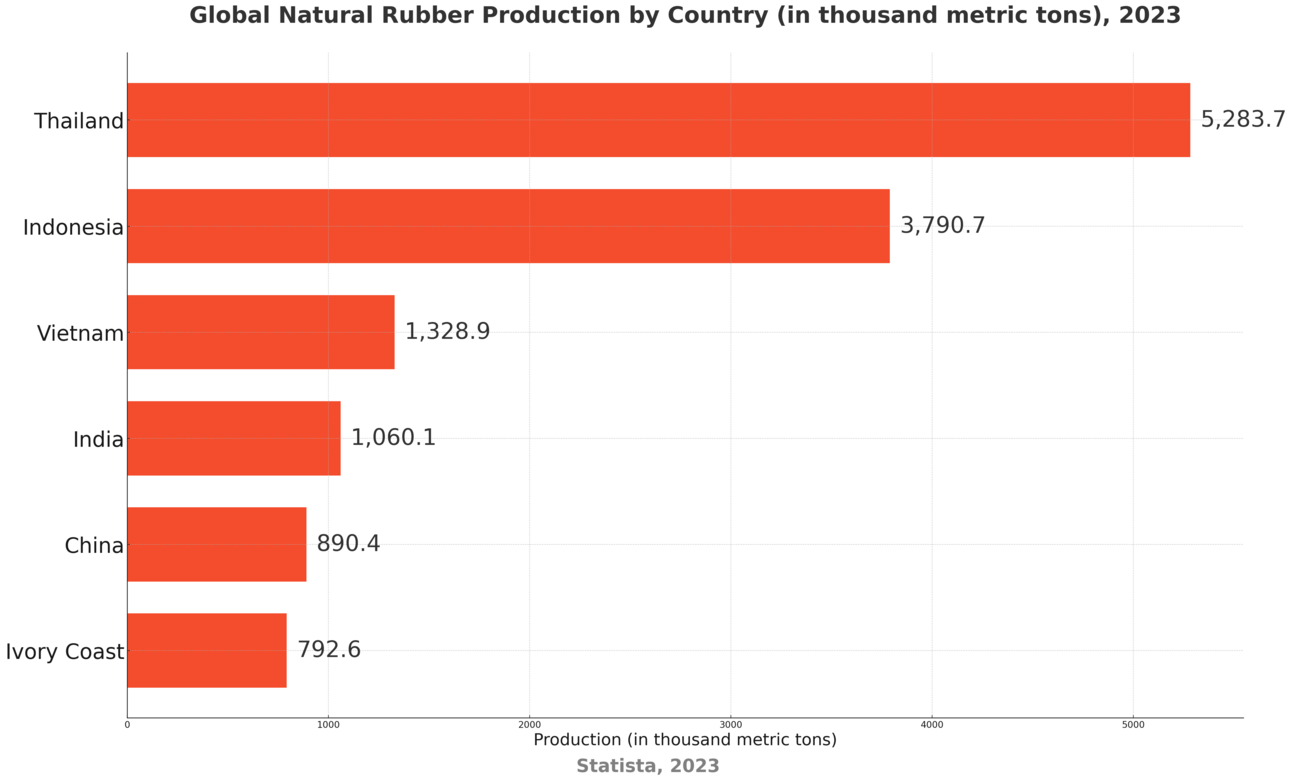
Often mistaken for gold, pyrite has long been a symbol of false hope. But in reality, this glittering mineral has industrial value, particularly in producing sulfuric acid, which is essential for fertilizers, batteries, and even pharmaceuticals. China, Spain, and the United States lead pyrite extraction.
In recent years, researchers have uncovered pyrite’s potential in renewable energy storage, making it a surprising contender in the quest for sustainable battery technologies. Its abundance and low cost could revolutionize energy grids.
Historical nugget: In the 16th century, pyrite was used by European settlers to strike sparks for starting fires—a practical purpose for this “fool’s gold.”
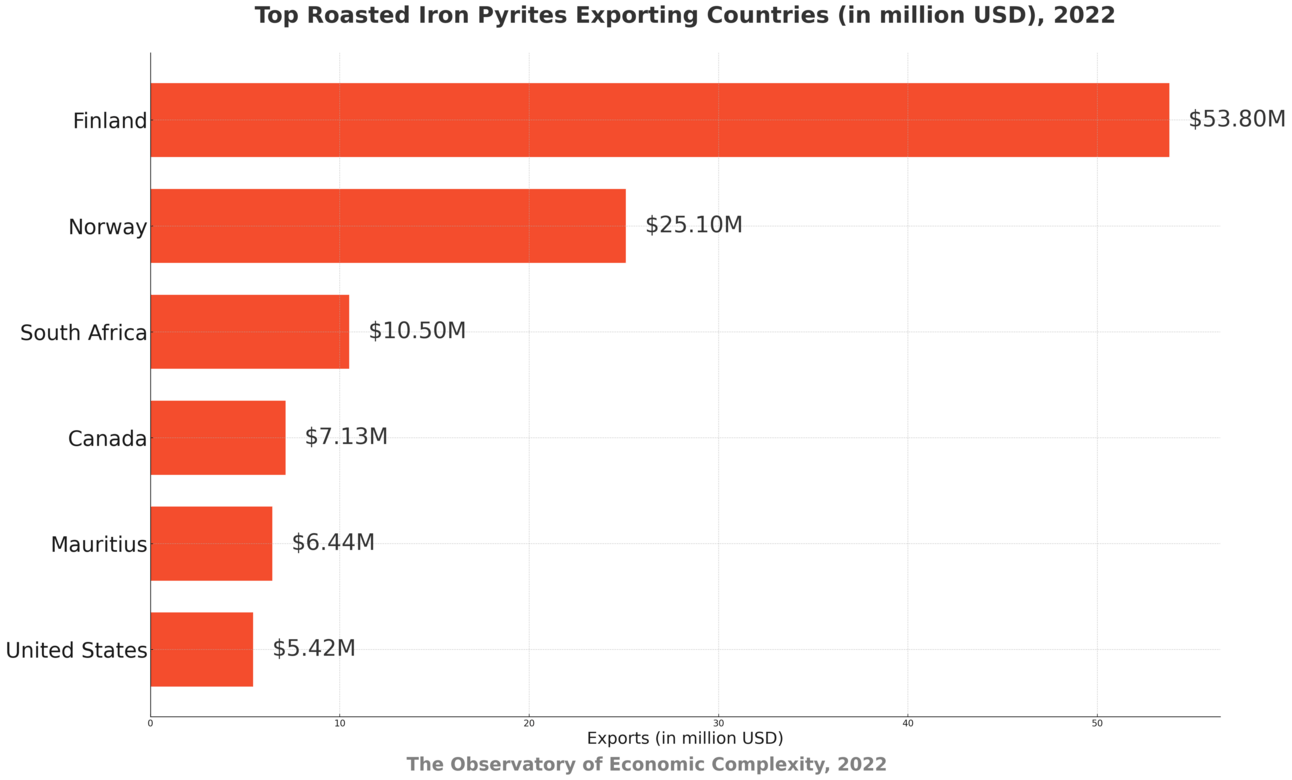
Palladium may not be a household name, but it’s a game-changer in reducing air pollution. This silvery-white metal is crucial for catalytic converters in cars, which transform harmful emissions into less toxic gases. Russia and South Africa dominate global palladium production, followed by Canada.
With electric vehicles gaining traction, palladium faces a potential dip in demand. However, hybrid vehicles and stricter emissions standards ensure its relevance for years to come.
Interesting tidbit: The price of palladium has soared in recent years, even surpassing gold at times, due to its scarcity and high demand in the automotive industry.
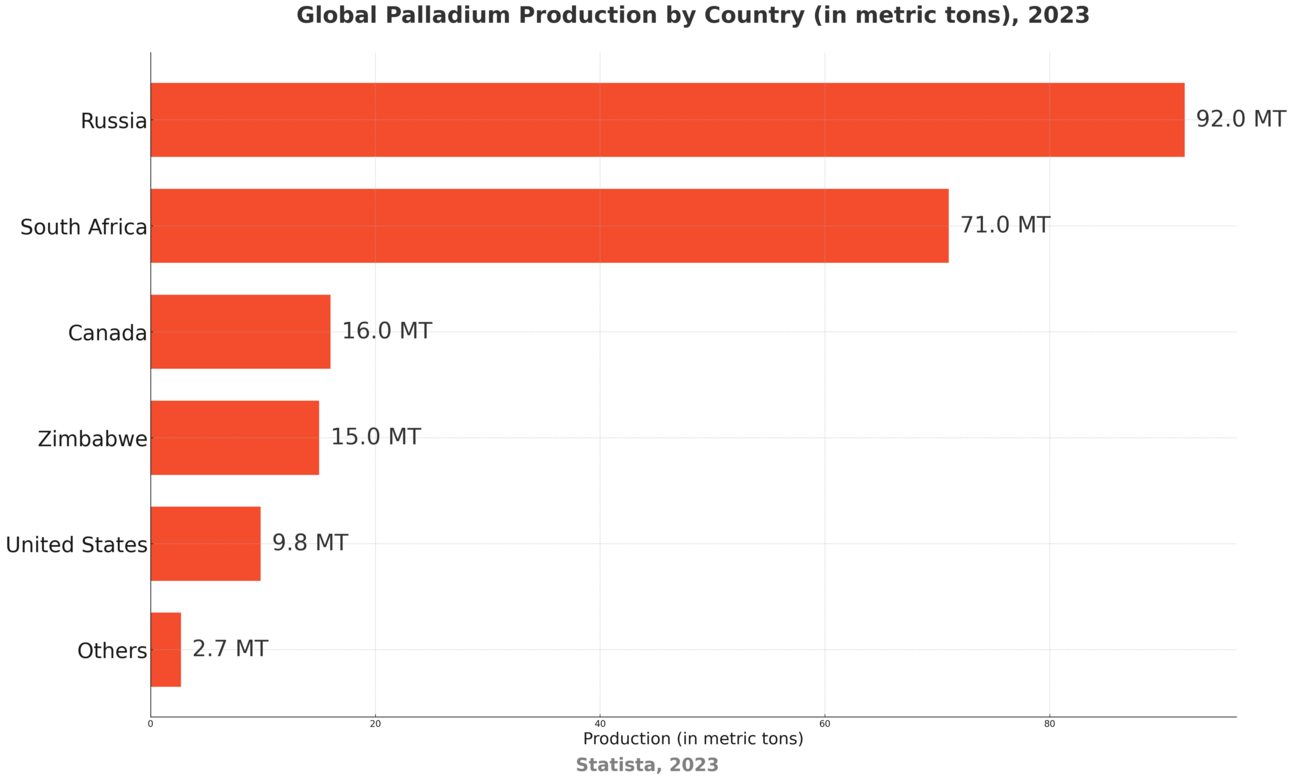
Platinum’s shimmering beauty makes it a staple in fine jewelry, but its industrial applications are just as significant. South Africa produces more than 70% of the global supply, with Russia and Zimbabwe also contributing. Platinum is indispensable in fuel cells, medical devices, and the production of green hydrogen, a key player in the transition to clean energy.
Emerging technologies are increasing demand, but platinum mining remains resource-intensive. Innovations in recycling and substitution aim to make this precious metal more sustainable.
Did you know? In ancient Egypt, platinum was sometimes used in royal adornments—long before its industrial potential was recognized.
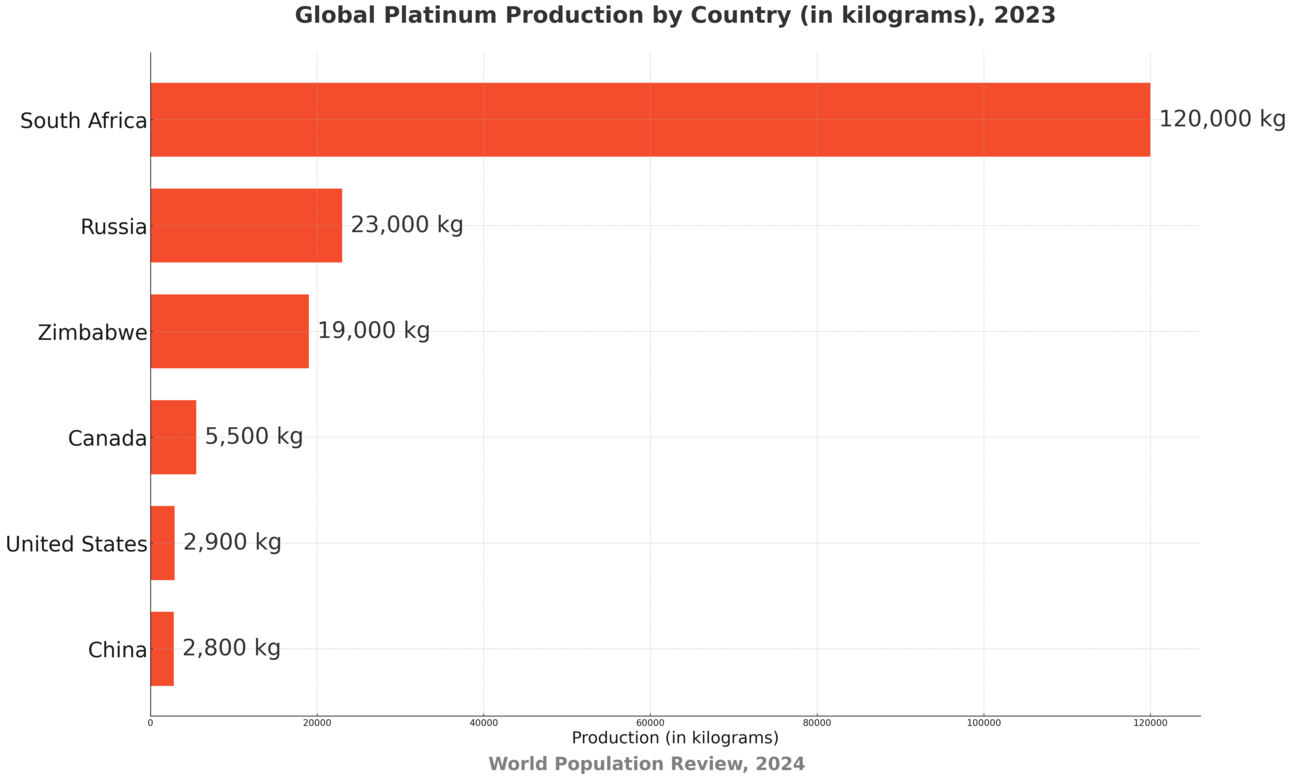
Copper is the unsung hero of electrification, enabling everything from power grids to electric vehicles. Chile leads global production by a wide margin, followed by Peru and China. Together, these countries supply over half the world’s copper needs.
Recycling plays a huge role in copper’s lifecycle, with over 30% of annual production coming from reused materials. This makes copper a leader in sustainability among industrial metals.
Curious stat: Copper's antibacterial properties were known to ancient civilizations; it was used to sterilize wounds and drinking water long before the discovery of microbes.
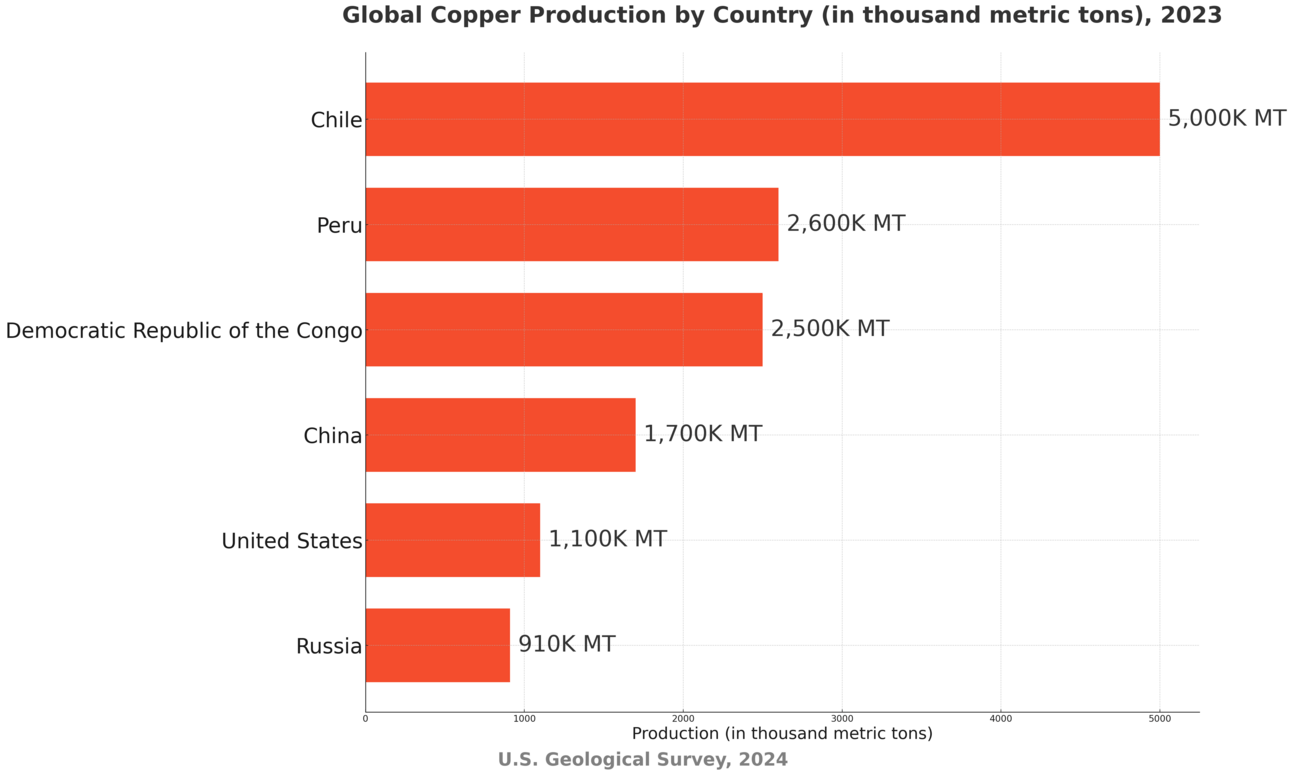
As the primary material in lithium-ion batteries, graphite is fueling the electric vehicle revolution. China dominates both natural and synthetic graphite production, with Mozambique and Brazil emerging as key players.
The transition to renewable energy has placed graphite at the forefront of innovation, with researchers exploring ways to improve battery performance and recyclability. Meanwhile, graphene—a material derived from graphite—is gaining attention for its strength and conductivity, offering exciting possibilities for future tech.
Here’s an insight: A single Tesla Model S battery contains about 85 kilograms of graphite—a testament to the material’s importance in energy storage.
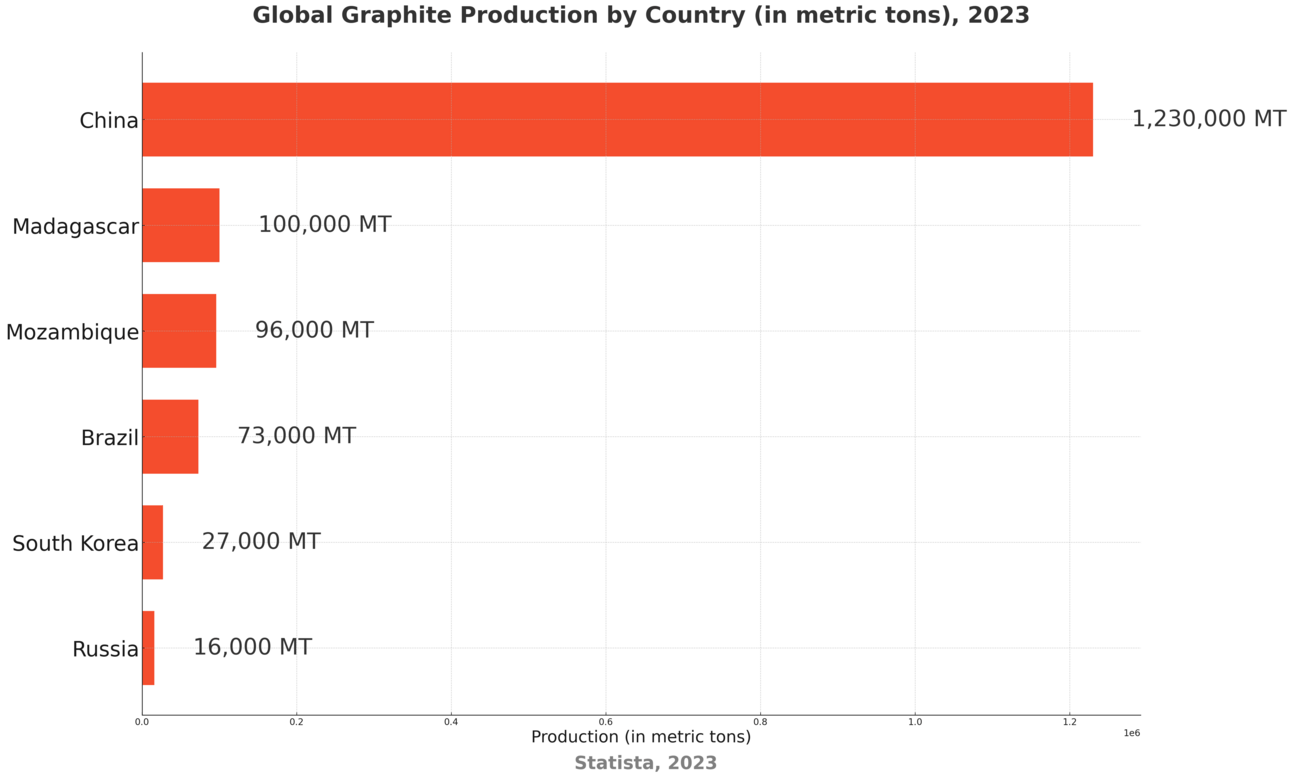
As we wrap up this journey…
From the tech in your pocket to the car you drive, these materials are at the heart of modern innovation. By understanding their origins and uses, we gain a deeper appreciation for the interconnected systems that make our lives possible.
Stay curious and keep exploring!
Warm regards,
Shane Fulmer
Founder, WorldPopulationReview.com

